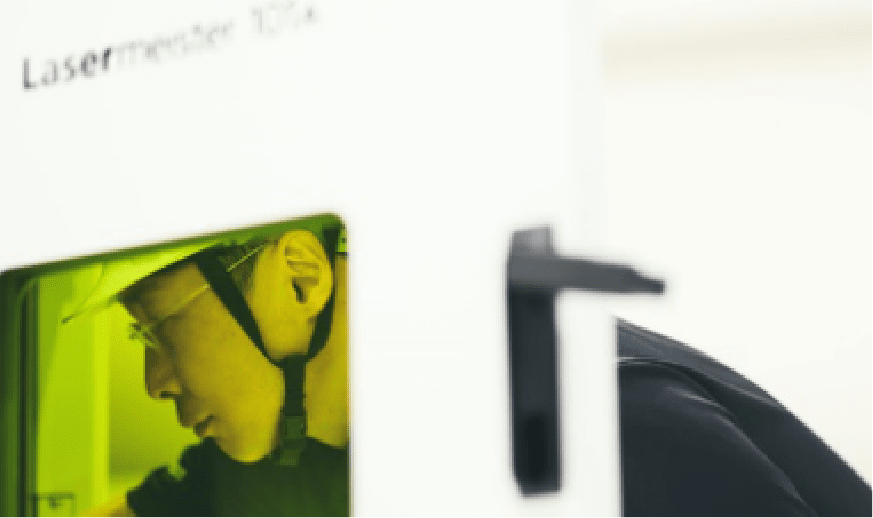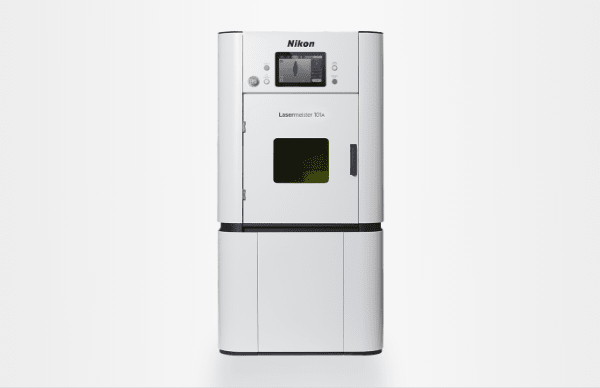Additive Manufacturing
Additive manufacturing, also known as 3D printing, is the process of creating a three-dimensional object based on a computer-aided design (CAD) by layering materials such as synthetic resin (plastic), metal, or concrete using a 3D printer. Metal additive manufacturing, in particular, utilizes metal powder to create the desired object.
Compared with conventional methods, whereby materials are cut, poured into molds, or deformed to create objects, additive manufacturing enables easier fabrication of complex structures as well as the quick and inexpensive production of small lots.
Additive manufacturing is ideal for creating custom-made products, prototypes, and objects that are expensive to transport. Since objects can be made as they are needed, the process makes storage space unnecessary. It also saves resources because it greatly reduces material waste. The cost of making molds can also be reduced.
Although additive-manufacturing technology itself has existed since the 1970s, its use did not spread widely because of the high cost and low versatility of the 3D process. In recent years, however, technological innovations in additive manufacturing have made it possible to create molds with high precision, high speed, and low cost, and 3D printing is now used in the manufacture of a wide range of products, including engine parts, tools, and artificial joints for medical use.
Synonym
3D Printing
Related terms
Metals Additive Manufacturing / Additive Manufacturing Metal
Related solutions


Flexible manufacturing using light
Nikon has realized additive manufacturing using a laser with the con…
See Details




